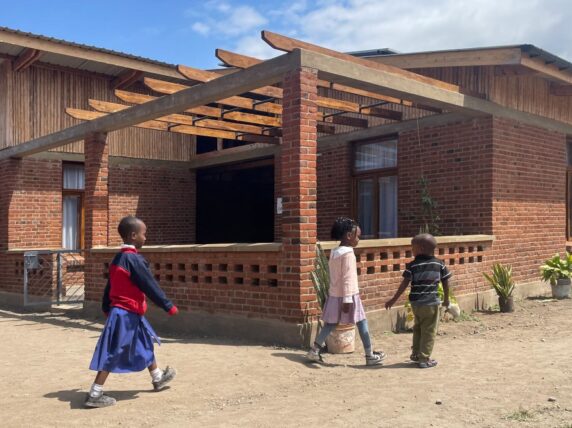Talking Disability: The new animation for those who dare to do it differently
What we say about people with disabilities, and what we write about them is important.
It impacts on how they feel about themselves and how they are perceived. But is there a way to navigate disability language clearly, safely, and respectfully? We think so. But it will require a change in how we do things.
A new way of working
What makes a “good disability story”? How can we embrace authentic voices for inclusive storytelling and journalism? Bond’s Disability and Development Group are launching a new animation, Talking Disability, which provides some solutions to these questions. It challenges journalists and charity media communicators to find new ways of working, such as putting the microphone, or camera, in the hand of the storyteller. Doing so, shifts the power dynamic of the audience’s gaze, and the narrative, to the people in the centre of the story.
Earlier this year we hosted a workshop exploring how different organisations approach language of disability and inclusion, and off the back of this conversation we realised there wasn’t enough advice out there to help organisations think through how inaccurate communications and inappropriate language effects people with disabilities and other marginalised groups, and what they can do about it.
Subscribe to our newsletter
Our weekly email newsletter, Network News, is an indispensable weekly digest of the latest updates on funding, jobs, resources, news and learning opportunities in the international development sector.
Get Network NewsBeing launched today, Talking Disability draws on the main pieces of advice that came out of that workshop. Watch the short animation below and please share it with your colleagues.
Dare to do it differently
In this time of reduced global travel we have an opportunity for storytelling that creates new narratives. Narratives that are authentic and representative of disability; that allow storytellers to tell their stories first-hand, enabling them to challenge ableism from the ground up.
To change the narrative around disability, we need to enable communicators first. We need to identify good and bad practice that helps shape alternative approaches. Amidst the challenges of the current audience landscape, this is not easy. But neither is it impossible.
Here are some ways to start:
- It is possible to dispel the superhero myth turning the gaze to an ordinary life being lived.
- Real stories don’t have to resort to overtly emotive language; they still have the power to move the viewer/reader to action.
- Promote diverse stories based on lived experience.
- Promote disability rights – not the charity.
- Reduce your organisations carbon footprint by not sending teams out to countries around the world to gather stories. Instead, skill journalists and researchers to ask the right questions. Encourage them to gather stories from the perspective of disabled people and their communities, with the use of accessible recording equipment.
The time is now
The potential for changing perceptions on disability is huge. Join in the conversation about inclusive storytelling now, by completing our mini survey.
Category
News & Views



